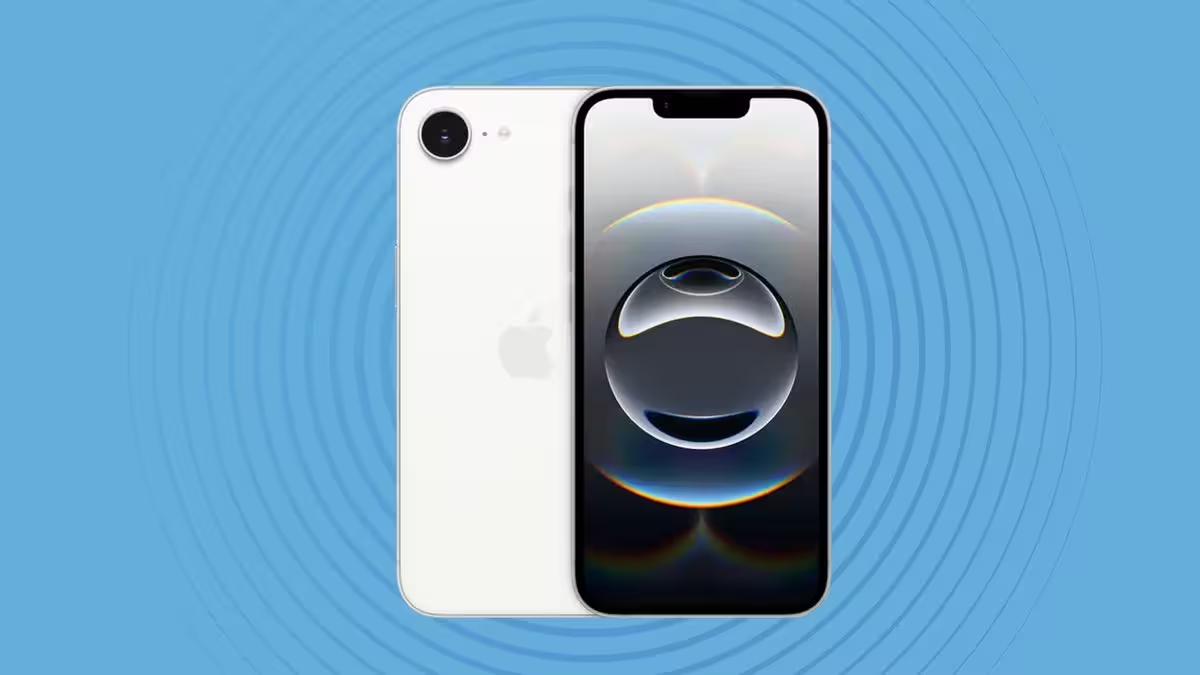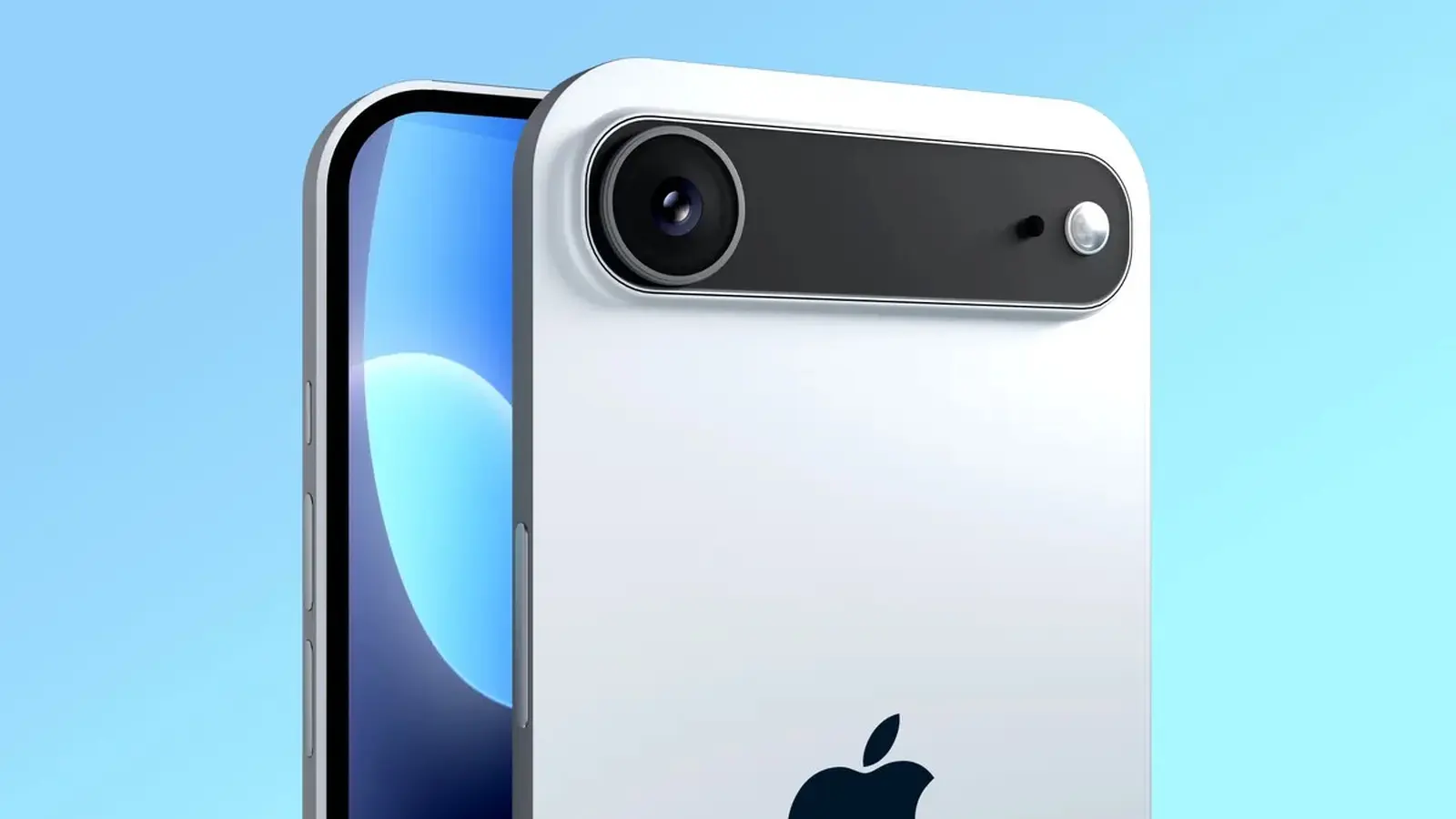6 Minutes
Apple’s iPhone 17 Air reportedly adopts the C1 custom 5G modem
Apple’s upcoming iPhone 17 Air is shaping up to be one of the most talked-about releases in its class: a slimmer flagship that combines Apple’s in-house Wi‑Fi silicon with a custom 5G baseband. Recent reports indicate the 17 Air will ship with Apple’s first‑generation C1 modem — the same modem used in the iPhone 16e — rather than a newer C2 or a Qualcomm solution. That decision brings tradeoffs: improved power efficiency and integration benefits on one hand, and the loss of mmWave 5G compatibility on the other.
What the move to the C1 modem means
Switching from a Qualcomm modem to Apple’s C1 carries several practical implications. The C1 is optimized for sub‑6GHz 5G bands, which provide broader coverage and longer reach than mmWave. As a result, the iPhone 17 Air is expected to favor sustained real‑world connectivity and battery longevity over the extreme peak speeds mmWave can deliver in optimal conditions.
Performance vs. coverage: mmWave and sub‑6GHz explained
mmWave networks can deliver blistering downlink speeds — often exceeding 1 Gbps under ideal conditions — but have limited range and poor building penetration. Sub‑6GHz 5G offers lower peak throughput (commonly in the 100–700 Mbps range) but far greater geographic coverage and reliability. For everyday use, many users will see more consistent performance on sub‑6GHz networks, especially indoors or outside major urban mmWave hotspots.
Battery life and system integration: where the C1 shines
One of the main advantages of Apple’s in‑house modem strategy is deeper integration with the iPhone’s A‑series chipset. Reports suggest the C1 will work closely with the A19 Pro (rumored to power the 17 Air) to prioritize data traffic intelligently, offloading and deprioritizing non‑urgent tasks to preserve power. Early indications from the iPhone 16e showed that the C1 can meaningfully improve battery endurance on a compact device — a critical benefit given rumors that the 17 Air may include a modest ~2,800 mAh battery.
Real‑world use cases for improved battery and coverage
- Daily commuters in suburban and rural areas will likely appreciate the stronger, more reliable sub‑6GHz coverage.
- Power users who rely on long battery life for video calls, navigation, or streaming may prefer the efficiency gains delivered by Apple’s modem/SoC synergy.
- Urban users who frequently download huge files or are in mmWave‑equipped zones may notice lower peak speeds compared with mmWave‑enabled devices.

How the iPhone 17 family will be split
According to industry sources, Apple’s 2025/2026 iPhone lineup will largely continue using Qualcomm 5G modems across most models, with the iPhone 17 Air being the notable exception. The rumor mill suggests the iPhone 18 Pro and future Pro models could adopt Apple’s second‑generation modem, while this year’s slimmer iPhone will ship with the C1. That means buyers choosing the Air may trade raw mmWave speed for better battery efficiency and range.
Comparisons: C1 vs Qualcomm vs future C2
When comparing basebands, consider three vectors: peak throughput, coverage, and power consumption. Qualcomm modems traditionally lead in peak mmWave throughput and multi‑band compatibility. Apple’s C1 leans into coverage and power efficiency, delivering competitive sub‑6GHz performance and system‑level energy savings. The anticipated C2 is expected to bridge those gaps over time, potentially adding broader mmWave support while maintaining Apple’s integration advantages.
Market relevance and consumer impact
Apple’s decision will influence buying decisions and carrier relationships. Carriers that invested heavily in mmWave infrastructure (notably some U.S. operators) may highlight the absence of mmWave in promotional messaging. On the other hand, the majority of global 5G deployments rely on sub‑6GHz bands, so many international consumers may experience negligible practical downsides. Still, public perception matters: any premium price tag for the iPhone 17 Air could invite scrutiny if buyers expect the latest connectivity features.
Advantages and disadvantages at a glance
Advantages
- Tighter modem‑SoC integration with the A19 Pro for smarter traffic prioritization and battery savings.
- Better real‑world coverage on sub‑6GHz networks and more consistent indoor performance.
- Potential for improved thermal efficiency in a slim chassis.
Disadvantages
- No mmWave support, meaning lower peak downlink speeds where mmWave is available.
- Perception risk if Apple charges a premium for a device missing the top‑tier connectivity feature.
- Short‑term fragmentation in the iPhone lineup as some models use Qualcomm and others Apple silicon.
Who should buy the iPhone 17 Air?
The 17 Air will appeal to users who prioritize battery life, a compact form factor, and globally reliable 5G coverage over raw peak speeds. If you live in an area with limited mmWave deployment, or you value multi‑day real‑world endurance and tight hardware integration, the C1‑based 17 Air could be an excellent fit. If you need the fastest possible 5G throughput in mmWave‑enabled locales, one of the other 17 models with a Qualcomm modem could be a better choice.
Final thoughts
Apple’s move to standardize in‑house wireless components is a strategic bet on integration and efficiency. While the iPhone 17 Air’s lack of mmWave support will disappoint some buyers and critics — especially if Apple positions it at a premium price — the tradeoffs also reflect realistic global 5G usage: broader sub‑6GHz coverage, improved battery life, and tighter hardware‑software optimization. For many global consumers, these benefits may ultimately outweigh the absence of mmWave.
Source: wccftech


Leave a Comment